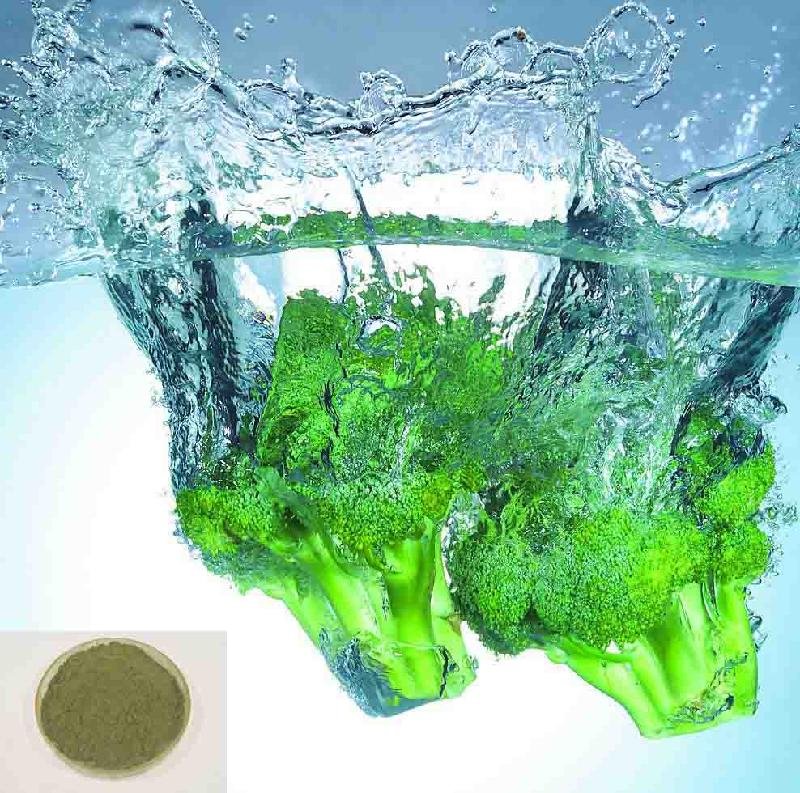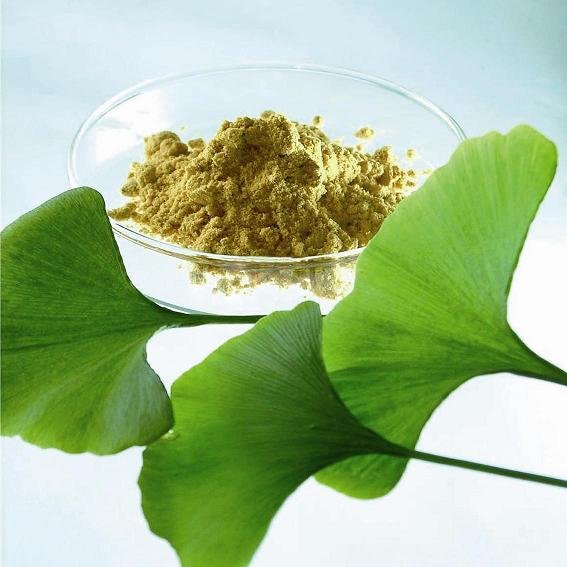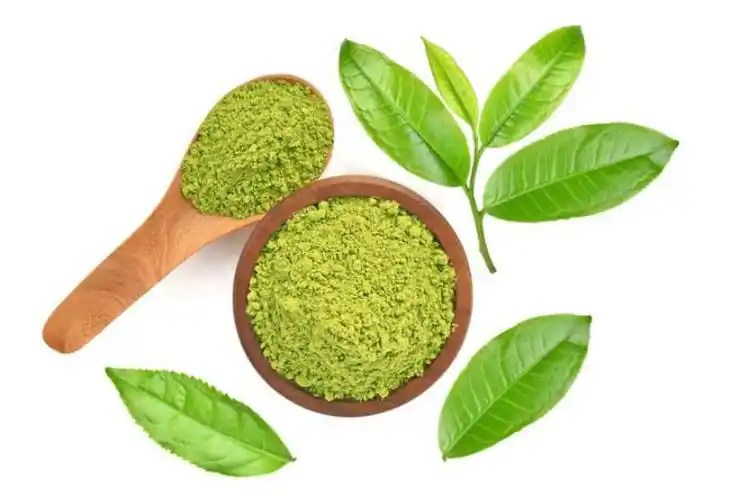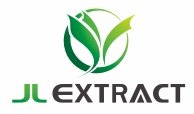Natural plant extracts are incredibly versatile, derived from plants or specific plant parts through the use of suitable solvents or extraction methods. These substances are packed with bioactive compounds that make them invaluable across multiple industries, including pharmaceuticals, food and beverages, health supplements, beauty and cosmetics, and even agriculture. Their natural origin appeals to growing consumer demand for sustainable, clean-label products. Below, we delve into some prominent examples of plant extracts and their applications, illustrating how these botanical treasures are harnessed to benefit various sectors.
1. Broccoli Extract (Health Supplement Ingredient)

Broccoli, especially its tender sprouts, is a rich source of sulforaphane, a powerful isothiocyanate compound celebrated for its potential in both preventing and treating cancer. This compound isn’t exclusive to broccoli—it’s also found in other cruciferous vegetables like kale, cauliflower, and cabbage—but broccoli sprouts contain particularly high levels, making them a standout in nutritional science. Sulforaphane’s magic lies in its ability to activate the Nrf2 pathway, a cellular mechanism that boosts the body’s defenses against oxidative stress and inflammation, both of which are implicated in cancer and neurodegenerative disorders.
Research highlights sulforaphane’s promise. In lab studies, it has inhibited the growth of colon and prostate cancer cells. A clinical study involving 28 volunteers over 50, undergoing routine colonoscopies, found that those who regularly ate broccoli showed higher expression of the tumor-suppressing gene p16, while those with little to no cruciferous vegetable intake had lower levels. Remarkably, sulforaphane clears the body within 24 hours, yet its effects linger. Scientists suggest it triggers epigenetic changes—alterations in gene expression—that persist, helping the body resist tumor growth over time with consistent intake.
However, sulforaphane’s story has a twist. While it typically curbs colon cancer in animal models, it also boosts Nrf2, a protein with a dual nature. Early on, Nrf2’s antioxidant and detoxifying effects aid cancer prevention, but in advanced cancer stages, it may fuel tumor growth or even contribute to arterial plaque buildup, hinting at a role in cardiovascular health that warrants further exploration. Beyond cancer, sulforaphane’s ability to cross the blood-brain barrier positions it as a potential dietary supplement for neurodegenerative diseases like Alzheimer’s and Parkinson’s, where it may reduce oxidative damage to brain cells.
2. Ginkgo Biloba Extract (Health Supplement Ingredient)

Ginkgo biloba extract (GBE), sourced from the leaves of the ancient ginkgo tree, is packed with bioactive compounds like flavonoids and terpenoids (including ginkgolides and bilobalides). These give GBE a broad spectrum of health benefits, such as:
- Vasodilation and endothelial protection: GBE relaxes blood vessels and safeguards their inner lining, improving circulation.
- Lipid regulation and LDL protection: It helps manage cholesterol levels and prevents low-density lipoprotein (LDL) oxidation, a contributor to artery-clogging plaque.
- Inhibition of platelet-activating factor (PAF): By blocking PAF, GBE reduces clotting risks, aiding in thrombosis prevention.
- Antioxidant and anti-hypoxic effects: It neutralizes free radicals and bolsters cellular survival in low-oxygen conditions.
- Prevention of arterial spasms: GBE maintains vascular stability, potentially reducing conditions like angina.
With roots in traditional Chinese medicine dating back centuries, ginkgo has long been prized for enhancing memory and cognitive function. Today, it’s a top-selling supplement globally, especially among older adults seeking to boost mental clarity and circulation. Ongoing research also explores its neuroprotective potential for conditions like dementia, cementing its status as a cornerstone of herbal health.
3. Tea Plant Extract (Cosmetic Ingredient)

Tea polyphenols, extracted from tea leaves, encompass a group of compounds like catechins, theaflavins, and tannins, renowned for their antioxidant, detoxifying, and anti-radiation properties. In cosmetics, they shine for their ability to:
- Inhibit skin-degrading enzymes: By suppressing collagenase and elastase, tea polyphenols preserve collagen and elastin, keeping skin firm and reducing wrinkles.
- Shield against UV damage: Acting as a natural sunscreen, they absorb UV rays and neutralize radiation-induced free radicals, preventing premature aging.
- Disinfect and sterilize: Their antimicrobial action tackles acne-causing bacteria and other skin pathogens.
- Brighten complexion: By inhibiting tyrosinase and peroxidase—enzymes tied to melanin production—tea polyphenols reduce pigmentation for a more even skin tone.
The polyphenol profile varies across tea types. Green tea, minimally oxidized, is rich in catechins like EGCG, making it a go-to for anti-aging and UV-protective products. Black tea, fully oxidized, offers theaflavins that provide astringent benefits. In sunscreens, tea polyphenols stand out as water-soluble alternatives to oil-based filters, minimizing skin irritation while enhancing UV defense—a win for sensitive skin types.
From broccoli’s sulforaphane to ginkgo’s flavonoids and tea’s polyphenols, natural plant extracts showcase the incredible utility of botanical ingredients. They enhance health by combating cancer and supporting cognition, while transforming beauty with anti-aging and protective properties. As science advances extraction techniques and uncovers new uses, these extracts are poised to play an even bigger role in medicine, food, cosmetics, and beyond, proving that nature’s offerings are both powerful and enduring.

